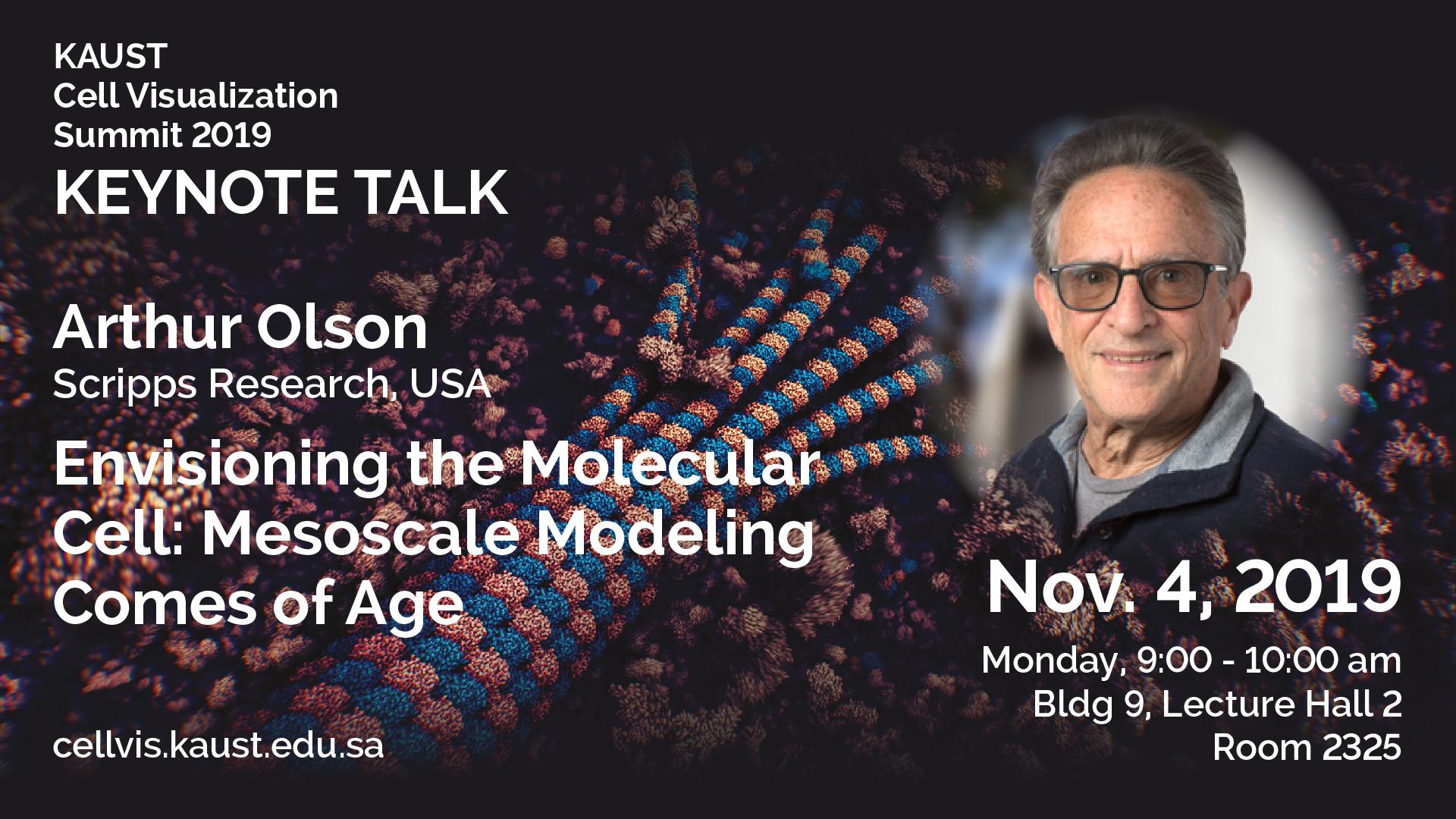Abstract
The ability to create structural models of cells and cellular components at the molecular level is being driven by advances ranging from proteomics and expression profiling to ever more powerful imaging approaches. It is being enabled by technology leaps in computation, informatics, and visualization.
Our CellPACK program and web-based Mesoscope are tools for generating and curating structural models of cellular environments at molecular and atomic levels. Recently we have implemented a GPU-based implementation of CellPACK that speeds up the process by orders of magnitude, in what we have termed “instant packing". This enables interactive exploration and manipulation of the molecular components of the model. The ability to model complex cellular components such as a bacterial nucleoid and distinct phases is a significant challenge that we continue to work on. Our recent lattice-based method for rapidly producing bacterial nucleoids is a prototype for other rule-based generative structure builders. The use of GPU-based physics engines enables real-time interaction with dynamic models. Flexx is a real-time constraint solver from NVidia. It is capable of interactive constraint minimization of up to 1 million particles in real-time. Such systems can quickly resolve clashes and identify interactions in the crowded cellular environment.
In a parallel effort to CellPACK, we have developed CellPAINT, which has its origins in David Goodsell’s watercolor paintings of cellular environments and processes. Cellpaint uses a painting metaphor to enable users to create Goodsell-like images interactively within a Unity game-engine. These images can be animated using a simple Brownian motion-based diffusion model and state-based reaction dynamics. Recently we have expanded this interactive interface into 3D, and have implemented it in a Virtual Reality environment that enables the immersive creation and modification of spatial and dynamic mesoscale models of the molecular cell.
Examples of models and applications that range from HIV to bacteria to human cells will be discussed.
Brief Biography
Arthur Olson is the Anderson Research Chair Professor at The Scripps Research Institute and founding director of its Molecular Graphics Laboratory. He received his Ph.D. from the University of California, Berkeley in Physical Chemistry developing computational methods in X-ray crystallography. As a postdoctoral fellow at Harvard, he published on the first atomic resolution structure of an intact viral capsid. Before moving to Scripps, he served as Assistant Director of the National Resource for Computation in Chemistry at Lawrence Berkeley National Laboratory.

